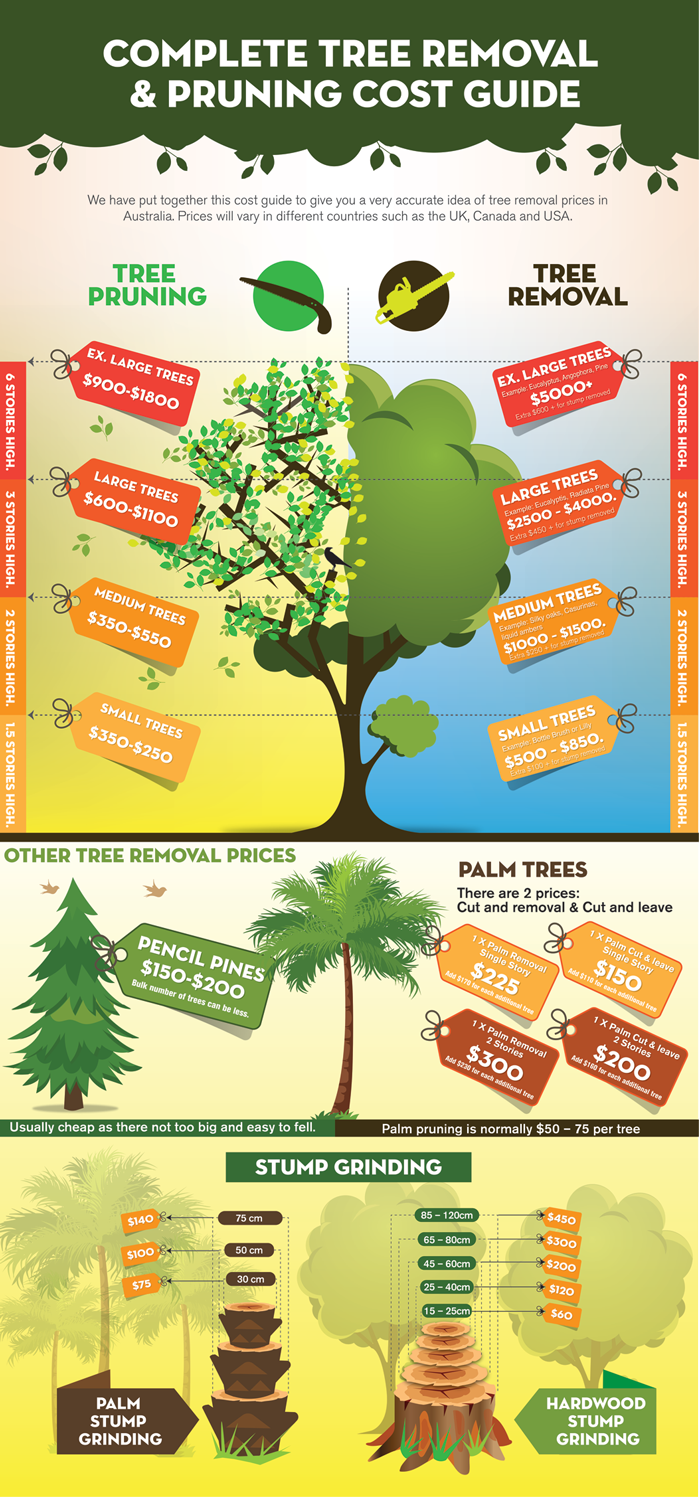Find Out How To Promote A Robust Environment Post-Tree Elimination
Find Out How To Promote A Robust Environment Post-Tree Elimination
Blog Article
rancho tree service By-
When it comes to seasonal tree treatment, ensuring proper management before and after elimination can significantly influence the health and visual appeals of your landscape. By recognizing the essential actions associated with assessing tree health and planning for elimination, you can proactively guard your property. Yet what concerning the essential methods to follow when the tree is gone? Remain tuned to uncover the vital post-removal care steps that will certainly help you grow a growing and lasting environment for your trees.
Pre-Removal Tree Treatment
Before resolving the elimination of a tree, it's essential to prioritize pre-removal tree treatment. Start by analyzing the tree's health and structural integrity. Try to find indicators of disease, bug problems, or any architectural concerns that may present a safety danger during removal. It's essential to speak with a qualified arborist to determine the very best course of action.
Trimming dead or unhealthy branches can stop additional damages to the tree and make sure a smoother removal procedure.
Additionally, take into consideration the environmental influence of getting rid of the tree. Trees play a vital function in our community, so planting a brand-new tree in a suitable area can aid offset any loss. Make sure that you have the necessary permits and consents for tree removal, specifically if the tree is shielded by neighborhood guidelines.
Seasonal Maintenance Tips
Examining your tree's demands throughout the year is critical for its health and durability. To maintain your trees in leading problem, follow these seasonal upkeep tips.
In spring, focus on trimming to get rid of dead or damaged branches and encourage brand-new development.
Summertime asks for routine watering, specifically throughout dry spells, to ensure your tree stays hydrated.
As autumn approaches, keep an eye out for very early indicators of illness or anxiety, and think about applying mulch to protect the roots during winter.
In wintertime, beware when removing snow from branches to stop damage, and remain to monitor your tree's overall wellness.
Keep in mind to change your care regular based on the particular requirements of your tree species and regional environment. By remaining alert and positive throughout the periods, you can help your trees thrive and thrive for years ahead.
Post-Removal Tree Care
To guarantee the health and wellness of your landscape even after tree elimination, appropriate post-removal care is crucial. After a tree is eliminated, it's vital to fill the continuing to be hole with topsoil and small it to stop settling. This will aid maintain the integrity of the ground and prevent potential risks in the future.
Think about growing new vegetation instead of the eliminated tree to restore the balance and aesthetic appeals of your landscape. On a regular basis water the location to advertise the development of new plants and prevent dirt erosion.
Inspect the surrounding trees for any type of indicators of condition or tension that might have been brought on by the gotten rid of tree. Watch out for bugs that might've been attracted to the previous tree and take safety nets to secure the remaining vegetation.
If needed, talk to a specialist arborist to examine the effect of the removal on the bordering trees and determine any extra treatment required. By adhering to these post-removal care steps, you can make certain the continued health and charm of your landscape.
Verdict
Finally, proactive seasonal tree treatment is important for preserving the wellness and balance of your landscape. By evaluating tree health, pruning, and seeking advice from an arborist before removal, you can make sure a secure procedure. After elimination, filling up the hole, planting brand-new greenery, and regular watering will certainly promote brand-new growth and protect against disintegration. Remember to inspect bordering trees for illness and seek more care procedures from an arborist to keep your landscape thriving.
